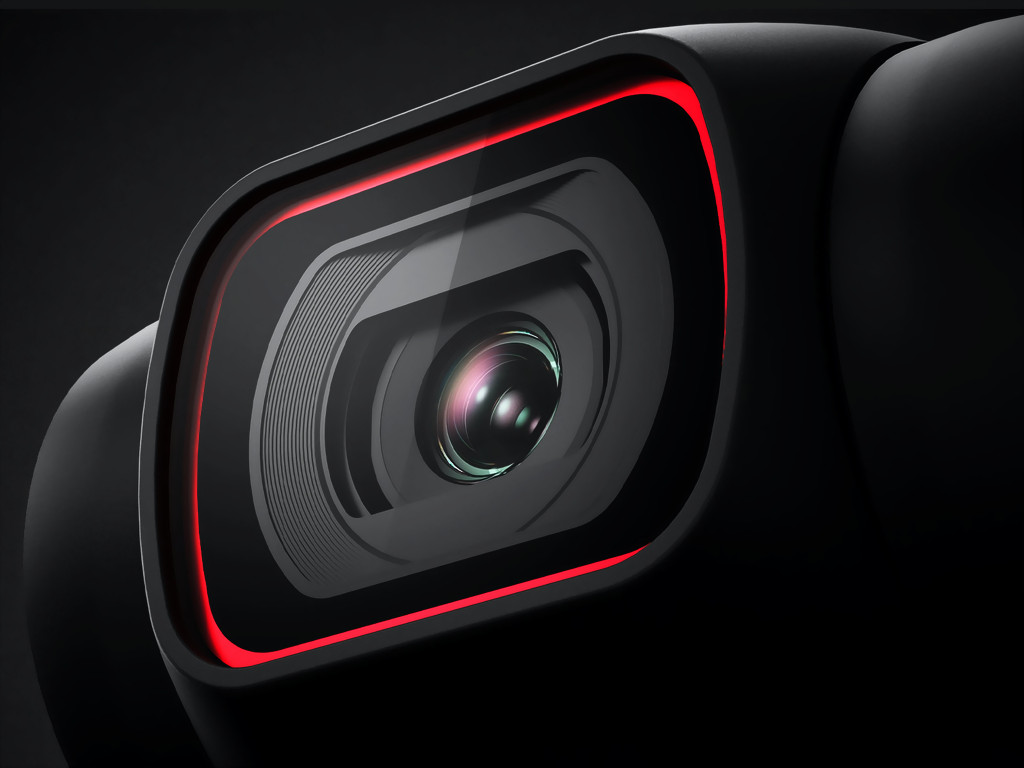My new camera shoots 4k/60 and I like to throw that acronym into my blog posts, but for those not wrapped up in this stuff like I am, allow me to break that down.
Most modern computer displays have resolutions of 1920x1080, which means 1,920 pixels across and 1,080 pixels down, and they display at 30 frames per second.
4k/60 is twice that, 3840x2160 or 3,840 pixels across by 2,160 pixels down, and captures 60 frames every second. In post production (running raw footage through a video editor and outputting a new video) I can cut the speed in half, output at 1920x1080, 30 frames per second, and it looks great. Then I upload it to YouTube.
To shoot 4k/60 from a small camera mounted on a stabilizing gimbal, is pretty damned cool. Thanks for reading this far and I hope you learned something.
Bonus notes: The resolution numbers may seem odd but they have a foundation in the lowly computer memory entity called a byte, that I learned about in my very first computer science class in 1969. There are 8 bits in a byte and it can represent a value from 0 to 255 (256 characters).
The numbers that have evolved into the video world are in multitudes of 8, 16, 32, 64, 128, 256 etc... 4K (4,000) is a roundup of 3840, which can be divided evenly by any of those numbers. And 60 frames per second is really 59.94. :-)
